Home>Furniture>Outdoor Furniture>How To Prevent Mold On Outdoor Cushions
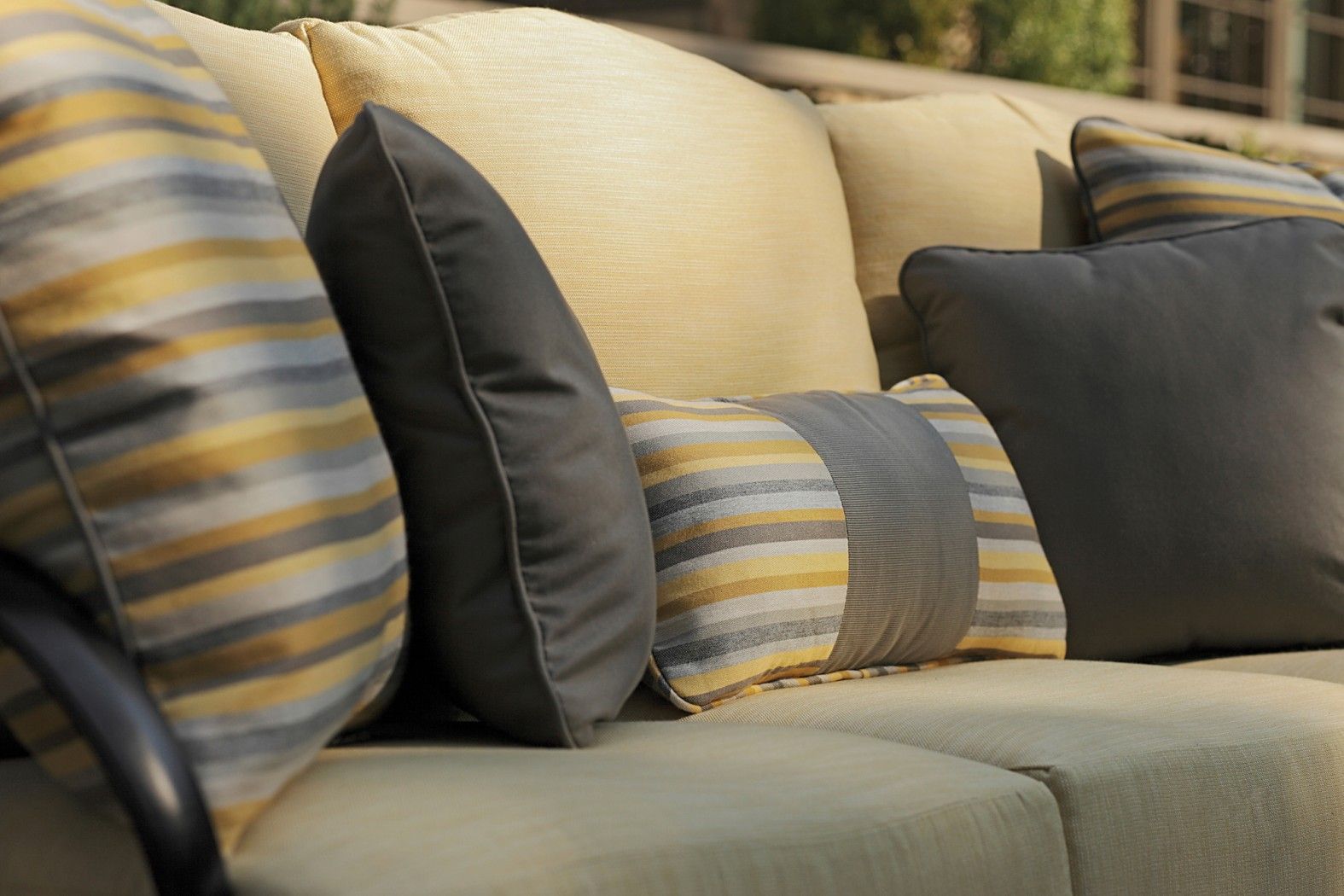

Outdoor Furniture
How To Prevent Mold On Outdoor Cushions
Modified: March 16, 2024
Learn effective methods to prevent mold growth on your outdoor cushions. Protect your outdoor furniture from mold and keep it clean for years to come.
(Many of the links in this article redirect to a specific reviewed product. Your purchase of these products through affiliate links helps to generate commission for Storables.com, at no extra cost. Learn more)
Introduction
Outdoor cushions are a wonderful addition to any outdoor space, providing comfort and style to your patio or deck furniture. However, one common enemy to outdoor cushions is mold. Mold can quickly grow and spread on damp cushions, not only causing unsightly stains but also posing a health risk. Fortunately, there are steps you can take to prevent mold growth and keep your outdoor cushions fresh and clean.
In this article, we will explore the causes of mold on outdoor cushions, discuss how to choose mold-resistant options, provide tips for cleaning and maintaining your cushions, offer storage solutions to prevent mold, suggest the use of protective covers, introduce natural remedies to prevent mold, and highlight the importance of professional mold remediation when necessary.
By understanding the causes of mold and implementing preventive measures, you can ensure that your outdoor cushions stay mold-free, prolonging their lifespan and preserving their appearance for years to come.
Key Takeaways:
- Prevent mold on outdoor cushions by choosing mold-resistant materials, regular cleaning, proper storage, and utilizing protective covers. These steps ensure clean, fresh, and mold-free cushions for a healthier outdoor space.
- Natural remedies like vinegar, tea tree oil, and sunlight exposure can effectively prevent mold growth on outdoor cushions in an eco-friendly way. Regular maintenance and prompt action are key to maintaining mold-free cushions.
Read more: How To Prevent Mold In An Outdoor Shed
Understanding the Causes of Mold on Outdoor Cushions
Mold thrives in moist and humid conditions, making outdoor cushions susceptible to mold growth, especially in humid climates or during the rainy season. Understanding the causes of mold on outdoor cushions is key to preventing its growth and keeping your cushions clean and mold-free.
One of the primary causes of mold on outdoor cushions is moisture buildup. When cushions are exposed to rain or excessive humidity, they absorb moisture. If not properly dried, this moisture creates an ideal breeding ground for mold and mildew.
Another common cause of mold growth is lack of air circulation. When cushions are stacked or placed in tight spaces without proper ventilation, air cannot circulate, resulting in trapped moisture and allowing mold spores to settle and thrive.
Inadequate cleaning and maintenance can also contribute to mold growth. If outdoor cushions are not regularly cleaned, dirt, pollen, and organic debris can accumulate on the surface. This organic matter provides nutrients for mold spores to grow and multiply, leading to mold infestations.
Poor drainage can also promote mold growth. When outdoor cushions are placed on furniture without sufficient drainage, rainwater can pool and get trapped, promoting mold growth underneath the cushions.
Understanding these causes allows you to take proactive steps to prevent mold on your outdoor cushions. By addressing moisture buildup, improving air circulation, implementing regular cleaning and maintenance routines, ensuring proper drainage, and choosing appropriate materials, you can significantly reduce the risk of mold growth and keep your outdoor cushions fresh and mold-free.
Choosing Mold-Resistant Outdoor Cushions
When it comes to preventing mold on outdoor cushions, selecting mold-resistant options is a proactive approach. Mold-resistant cushions are designed to inhibit the growth of mold and mildew, keeping your cushions fresh and clean. Here are some factors to consider when choosing mold-resistant outdoor cushions:
Material: Opt for outdoor cushions made from mold-resistant materials. Look for cushions that are specifically labeled as mold-resistant or made from materials such as solution-dyed acrylic, Sunbrella fabric, or polyester blends. These materials are resistant to moisture and inhibit mold growth.
Quick-Drying: Choose cushions that have a quick-drying feature. Look for cushions with breathable fabrics and open-cell foam that allow for air circulation and efficient moisture evaporation. Quick-drying cushions help to prevent moisture buildup, reducing the risk of mold growth.
Water-Repellent Coating: Consider cushions with a water-repellent coating. This coating creates a protective barrier that repels water and prevents it from being absorbed into the cushions. Water-repellent cushions are less likely to retain moisture, providing an inhospitable environment for mold and mildew.
Removable and Washable Covers: Opt for outdoor cushions with removable and washable covers. Being able to remove and clean the covers regularly helps to eliminate dirt, debris, and organic matter that can contribute to mold growth. Ensure that the covers are machine washable and easy to remove for hassle-free maintenance.
Antimicrobial Treatment: Some cushions come with an antimicrobial treatment that inhibits the growth of mold, mildew, and bacteria. This treatment helps to keep your cushions clean and fresh, even in humid conditions.
Proper Sizing and Fit: Make sure to choose cushions that fit your outdoor furniture properly. Ill-fitting cushions can trap moisture and hinder air circulation, creating an environment conducive to mold growth. Measure your furniture carefully and choose cushions that match the dimensions for optimal fit and performance.
By considering these factors and investing in mold-resistant outdoor cushions, you can significantly reduce the risk of mold growth, ensuring that your cushions stay clean, fresh, and mold-free for an extended period.
Proper Cleaning and Maintenance of Outdoor Cushions
Regular cleaning and maintenance are essential to prevent mold growth on your outdoor cushions. By following proper cleaning techniques, you can remove dirt, debris, and organic matter that can contribute to mold growth. Here are some tips to help you maintain your outdoor cushions:
1. Regular Vacuuming: Start by using a soft-bristle brush attachment on your vacuum cleaner to remove loose dirt, dust, and debris from the cushions. Vacuum both the front and back of the cushions to ensure a thorough cleaning.
2. Spot Cleaning: For minor stains, use a mild soap or detergent mixed with water. Apply the soapy water to the stain and gently scrub with a soft brush or sponge. Rinse the area thoroughly with clean water and allow it to air dry. Avoid using harsh chemicals or bleach, as they can damage the fabric and potentially promote mold growth.
3. Deep Cleaning: For more extensive cleaning, you can hand wash or machine wash your cushion covers, following the manufacturer’s instructions. Use a mild detergent and cold water to ensure the removal of stains and dirt. After washing, air dry the cushion covers completely before putting them back on the cushions.
4. Stain Prevention: To prevent stains and mold growth, consider applying a fabric protector or waterproofing spray to your outdoor cushions. These products create a protective barrier that repels water, spills, and stains, making it easier to clean and maintain your cushions.
5. Regular Inspection: Take the time to regularly inspect your outdoor cushions for signs of mold or mildew. Look for any discoloration, musty odors, or fuzzy spots, which may indicate mold growth. Early detection allows for prompt action and prevents the spread of mold to other cushions.
6. Proper Storage: When not in use, store your outdoor cushions in a dry and well-ventilated area. Avoid storing them in damp or humid environments, as this can encourage mold growth. Consider using storage containers or bags specifically designed for outdoor cushions to protect them from dust and moisture.
7. Sunlight Exposure: Sunlight can help kill mold spores and prevent their growth. Whenever possible, expose your outdoor cushions to direct sunlight for a few hours. This natural disinfecting process can help keep your cushions fresh and mold-free.
Remember, prevention is key when it comes to mold growth. By implementing regular cleaning and maintenance practices, you can keep your outdoor cushions clean, extend their lifespan, and enjoy a mold-free outdoor living space.
Storing Outdoor Cushions to Prevent Mold
Proper storage of outdoor cushions is crucial in preventing mold growth during periods of non-use, such as the winter months or when you are away on vacation. By following these guidelines, you can ensure that your cushions remain mold-free and in good condition for the next season:
1. Clean and Dry: Before storing your outdoor cushions, make sure they are clean and completely dry. Any dirt, moisture, or organic matter left on the cushions can lead to mold growth during storage. Follow the proper cleaning and drying techniques mentioned earlier to remove any debris and ensure that the cushions are thoroughly dry.
2. Choose a Dry Storage Location: Find a storage location that is dry, well-ventilated, and protected from moisture. Avoid storing cushions in humid basements, damp garages, or areas prone to water leakage. Consider using a shed, storage box, or a dedicated dry storage area specifically designed for outdoor cushions.
3. Elevate the Cushions: Place your outdoor cushions on shelves or racks to elevate them off the ground. This helps to prevent moisture from seeping into the cushions from the floor or any potential water sources. Adequate airflow around the cushions will also assist in keeping them dry and mold-free.
4. Use Storage Containers or Bags: Consider using breathable storage containers or bags specifically designed for outdoor cushions. These containers allow air circulation while protecting the cushions from dust and moisture. Avoid using plastic bags or non-breathable covers, as they can trap moisture and promote mold growth.
5. Insert Moisture Absorbents: Place moisture absorbent products, such as silica gel packets or moisture-absorbing crystals, inside the storage containers or bags. These products help to absorb any excess moisture in the air, reducing the risk of mold growth. Remember to replace or recharge the moisture absorbers as instructed by the manufacturer.
6. Avoid Stacking: If possible, avoid stacking the cushions on top of each other during storage. Stacking can limit air circulation, creating a favorable environment for mold growth. If space is limited, consider using dividers or separating the cushions with breathable materials to allow for better airflow.
7. Check Periodically: Make it a habit to check your stored cushions periodically, especially during long periods of storage. Inspect them for any signs of mold growth or moisture accumulation. If any issues are detected, take immediate action to address the problem before it spreads to other cushions.
By following these storage practices, you can minimize the chances of mold growth on your outdoor cushions during periods of non-use. Proper storage not only protects your cushions but also ensures that they are clean, fresh, and ready for use when the next outdoor season arrives.
To prevent mold on outdoor cushions, regularly clean and dry them thoroughly, especially after rain. Store cushions in a dry, well-ventilated area when not in use.
Read more: How To Prevent Mold In Outdoor Shed
Using Protective Covers for Outdoor Cushions
Protective covers are an excellent investment for keeping your outdoor cushions safe from the elements and preventing mold growth. They act as a barrier, shielding your cushions from rain, snow, UV rays, and other environmental factors. Here are some key benefits of using protective covers for your outdoor cushions:
1. Water Resistance: Protective covers are designed to be water-resistant or waterproof, helping to keep your cushions dry during rain showers or morning dew. By preventing water from seeping into the cushions, these covers minimize the risk of moisture buildup and mold growth.
2. UV Protection: The sun’s ultraviolet rays can cause fading, discoloration, and deterioration of outdoor cushions. Protective covers with UV protection properties help to shield the fabric from the damaging effects of the sun, increasing the longevity of your cushions.
3. Dirt and Debris Prevention: Outdoor cushions can accumulate dirt, pollen, bird droppings, and other debris, making them a breeding ground for mold and mildew. Protective covers create a barrier that prevents these elements from settling on the cushions, reducing the potential for mold growth.
4. Easy Maintenance: Cleaning a protective cover is much easier and less time-consuming than cleaning an entire set of outdoor cushions. Simply remove the cover, wipe it down, or throw it in the washing machine following the manufacturer’s instructions. This makes it convenient to keep your cushions clean and free from mold-causing substances.
5. All-Season Protection: Whether it’s the hot summer months, the rainy season, or the snowy winter, protective covers offer year-round protection to your outdoor cushions. They are designed to withstand various weather conditions, ensuring that your cushions remain in good condition throughout the year.
6. Customized Fit: Protective covers are available in a range of sizes and shapes, allowing you to choose covers that fit your specific outdoor cushions snugly. A well-fitted cover provides enhanced protection, preventing wind from blowing it off and ensuring that your cushions are fully covered and shielded.
7. Proper Ventilation: Look for protective covers with ventilation features such as mesh panels or air vents. These features promote air circulation, preventing moisture buildup underneath the cover and reducing the risk of mold growth.
Remember to properly secure the protective covers on your outdoor cushions to ensure they stay in place during windy conditions. Additionally, it is advisable to periodically remove the covers and allow the cushions to air out to prevent any excess moisture from being trapped.
By investing in protective covers, you can safeguard your outdoor cushions from moisture, UV rays, dirt, and debris, providing an added layer of defense against mold growth and extending the lifespan of your cushions.
Utilizing Natural Remedies to Prevent Mold
In addition to regular cleaning, maintenance, and proper storage practices, there are natural remedies that can help prevent mold growth on your outdoor cushions. These remedies are effective, eco-friendly alternatives to chemical-based solutions. Here are some natural remedies you can utilize:
1. Vinegar Solution: Vinegar is a versatile natural cleaner and mold inhibitor. Mix equal parts of white vinegar and water in a spray bottle. Spray the solution on your outdoor cushions and gently scrub with a soft brush. Vinegar helps kill and prevent the growth of mold and mildew. Rinse the cushions thoroughly with clean water and allow them to air dry.
2. Tea Tree Oil: Tea tree oil is a powerful natural antifungal and antibacterial agent. Add a few drops of tea tree oil to a spray bottle filled with water and shake well. Spray the solution onto the cushions and let it sit for a few minutes. Wipe the cushions with a clean cloth or sponge to remove any mold spores. The strong scent of tea tree oil also helps deter mold growth. Remember to spot test before applying tea tree oil to ensure it does not cause any discoloration or damage to your cushions.
3. Hydrogen Peroxide: Hydrogen peroxide is an effective mold and mildew remover. Mix equal parts of hydrogen peroxide (3% concentration) and water in a spray bottle. Spray the solution onto the cushions and allow it to sit for 10-15 minutes. Gently scrub the cushions with a soft brush to remove any mold or mildew stains. Rinse thoroughly with clean water and allow the cushions to air dry.
4. Baking Soda: Baking soda is an excellent natural deodorizer and mild abrasive. Sprinkle baking soda liberally over the cushions and let it sit for several hours. The baking soda helps absorb moisture and remove musty odors. Vacuum or brush off the baking soda, ensuring you remove all residue. Repeat this process regularly to prevent mold growth and keep your cushions smelling fresh.
5. Sunlight Exposure: Natural sunlight is a great mold inhibitor. Whenever possible, expose your outdoor cushions to direct sunlight for a few hours. Sunlight helps kill mold spores and prevent their growth. Make sure to turn the cushions occasionally to ensure even exposure to sunlight.
6. Proper Air Circulation: Adequate air circulation is essential for preventing mold growth. Avoid leaving wet or damp cushions stacked or tightly packed together. Instead, spread them out to allow for proper airflow, especially when storing or drying the cushions.
7. Regular Maintenance: Implementing regular cleaning routines and promptly addressing any signs of mold or mildew will help prevent the spread and growth of mold. By regularly inspecting and maintaining your outdoor cushions, you can catch and treat any potential mold growth early on.
By utilizing these natural remedies, you can effectively prevent mold growth on your outdoor cushions while maintaining an environmentally friendly approach. Incorporate these remedies into your cleaning and maintenance routine for the best results.
Hiring Professionals for Mold Remediation on Outdoor Cushions
In some cases, when mold growth on outdoor cushions becomes severe or if you are unsure how to effectively remove the mold, it may be necessary to seek the assistance of professionals for mold remediation. Professional mold remediation can ensure that the mold is safely and thoroughly removed from your outdoor cushions. Here are some reasons to consider hiring professionals for mold remediation:
Expertise and Experience: Professional mold remediation companies have the knowledge, expertise, and experience to handle mold growth effectively. They are trained in identifying different types of mold and determining the best strategies for removal. With their specialized knowledge, professionals can assess the extent of the mold infestation and develop a targeted remediation plan.
Evaluation of the Situation: Professionals will thoroughly evaluate the mold situation on your outdoor cushions. They will assess the underlying cause of the mold growth, such as poor ventilation, moisture issues, or water damage. Identifying the root cause is crucial in preventing future mold growth.
Safe and Effective Removal: Professionals follow industry-standard protocols and use specialized tools and equipment to safely remove mold from your outdoor cushions. They employ techniques such as HEPA vacuuming, damp wiping, and antimicrobial treatments to eliminate mold spores and prevent their regrowth.
Protective Measures: Mold remediation professionals take necessary precautions to protect themselves, your belongings, and your property during the remediation process. They use personal protective equipment (PPE), containment barriers, and air filtration systems to contain the mold and prevent its spread to other areas.
Prevention and Recommendations: Professionals can provide valuable insights and recommendations on how to prevent future mold growth on your outdoor cushions. They may suggest improvements in ventilation, drainage, or storage practices to mitigate the risk of mold infestation in the future.
Time and Convenience: Hiring professionals for mold remediation saves you time and effort. They handle all the necessary steps, from assessment to removal, allowing you to focus on other important tasks. Professionals have the expertise to complete the job efficiently and effectively, reducing the burden on you.
Peace of Mind: Mold remediation can be a complex and potentially hazardous process. By hiring professionals, you can have peace of mind knowing that qualified experts are taking care of the mold problem. They ensure that the mold is thoroughly removed, minimizing health risks and preventing further damage to your outdoor cushions.
When dealing with extensive mold growth or situations where DIY methods have not been successful, it is best to consult professionals specialized in mold remediation. They will ensure the safe removal of mold from your outdoor cushions, allowing you to enjoy a clean and mold-free outdoor space.
Conclusion
Outdoor cushions add comfort and style to your outdoor living space, but they are also prone to mold growth if not properly cared for. Preventing mold on outdoor cushions is crucial to maintain their appearance, prolong their lifespan, and ensure a healthy and enjoyable outdoor environment.
By understanding the causes of mold growth on outdoor cushions, you can take proactive measures to prevent it. Choosing mold-resistant cushions made from appropriate materials, implementing regular cleaning and maintenance routines, and utilizing protective covers are effective ways to keep your cushions mold-free.
Additionally, proper storage practices, such as storing cushions in dry and well-ventilated areas, can help prevent moisture buildup and mold growth during periods of non-use. If mold growth becomes severe or if you are unsure how to effectively remove the mold, consider hiring professionals for mold remediation to ensure safe and thorough removal.
Furthermore, you can utilize natural remedies such as vinegar, tea tree oil, hydrogen peroxide, baking soda, sunlight exposure, and proper air circulation to prevent mold growth on your outdoor cushions in an eco-friendly manner.
By implementing these preventive measures and taking prompt action at the first sign of mold growth, you can maintain clean, fresh, and mold-free outdoor cushions. Regular inspections, cleanings, and maintenance practices will help keep your outdoor cushions in excellent condition year-round.
Remember, preventing mold on outdoor cushions not only enhances their appearance and durability but also contributes to a healthier outdoor living environment for you and your family. With the right care and preventive measures, you can enjoy your outdoor cushions for years to come, free from the threat of mold.
Frequently Asked Questions about How To Prevent Mold On Outdoor Cushions
Was this page helpful?
At Storables.com, we guarantee accurate and reliable information. Our content, validated by Expert Board Contributors, is crafted following stringent Editorial Policies. We're committed to providing you with well-researched, expert-backed insights for all your informational needs.
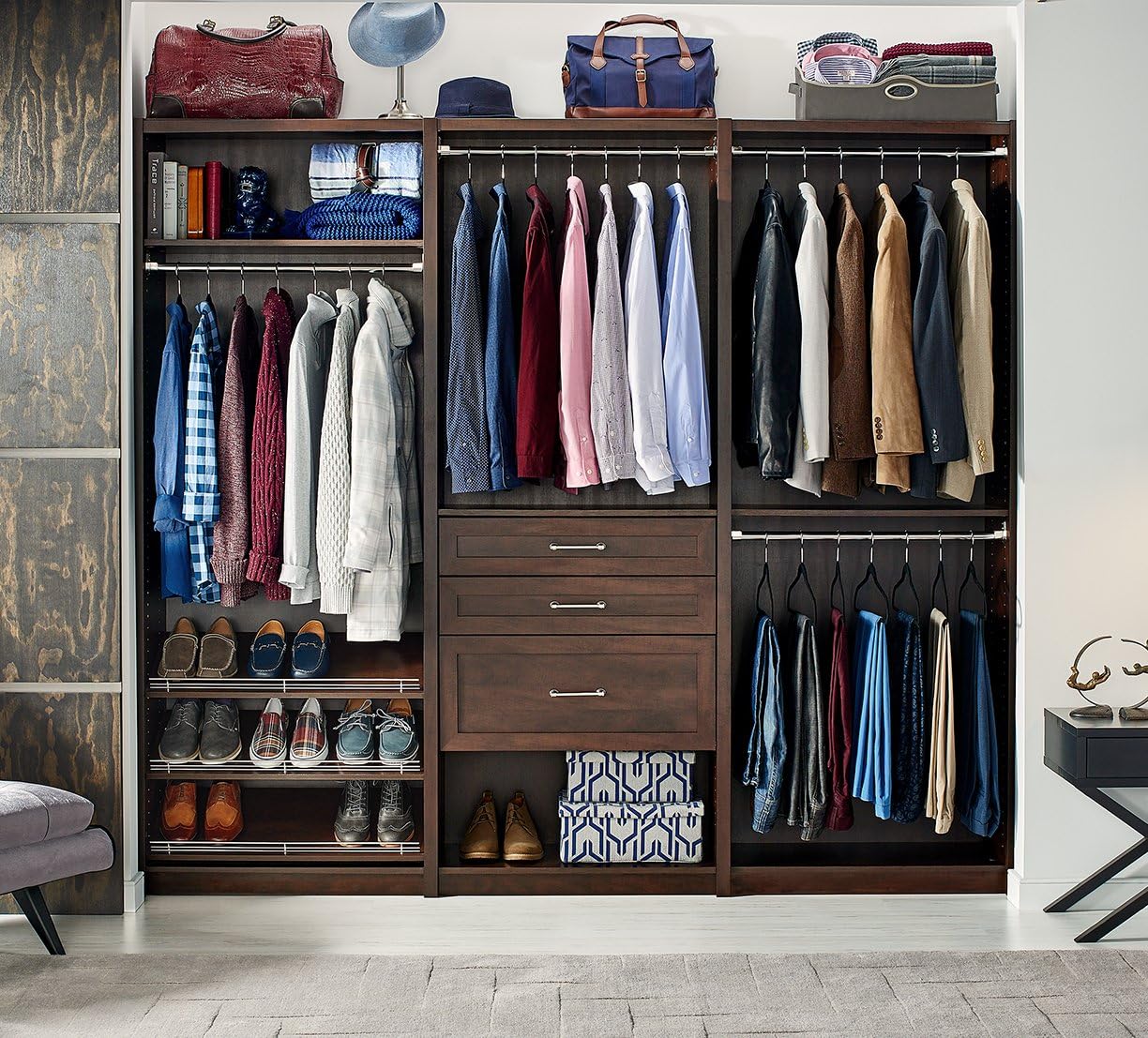
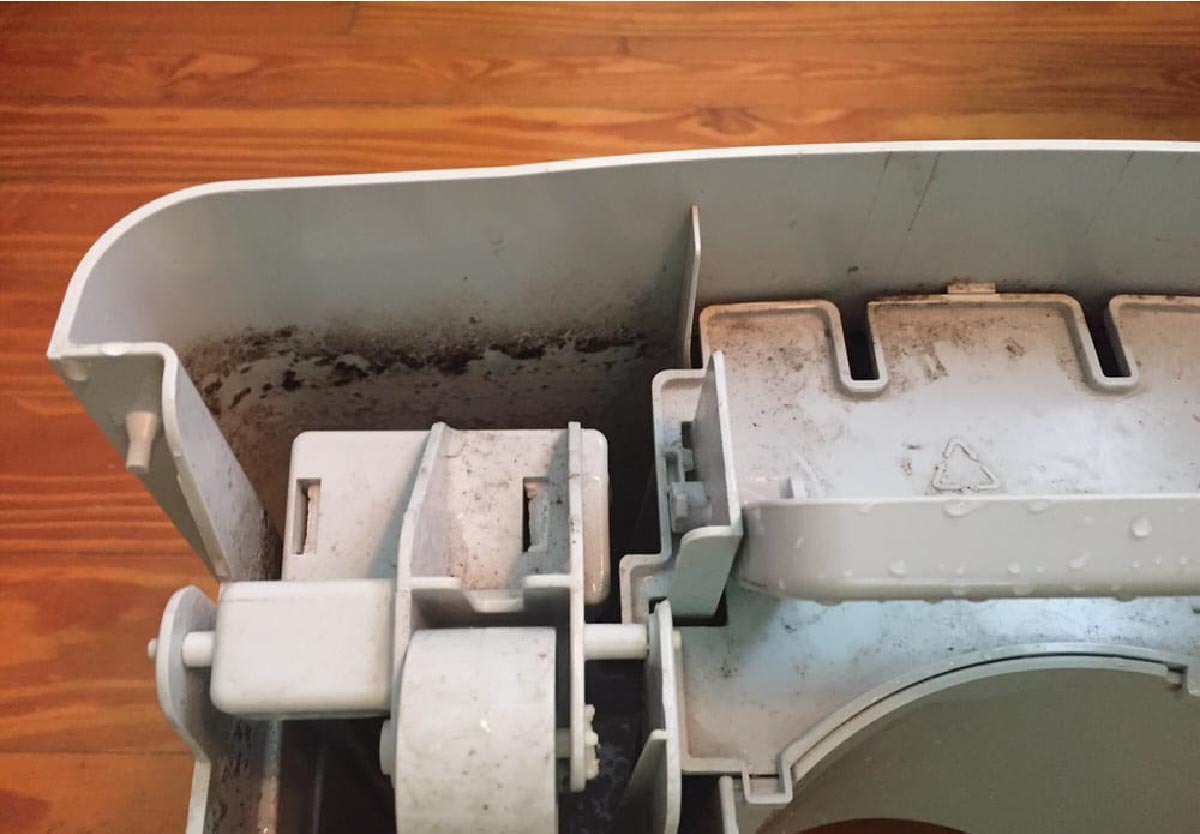
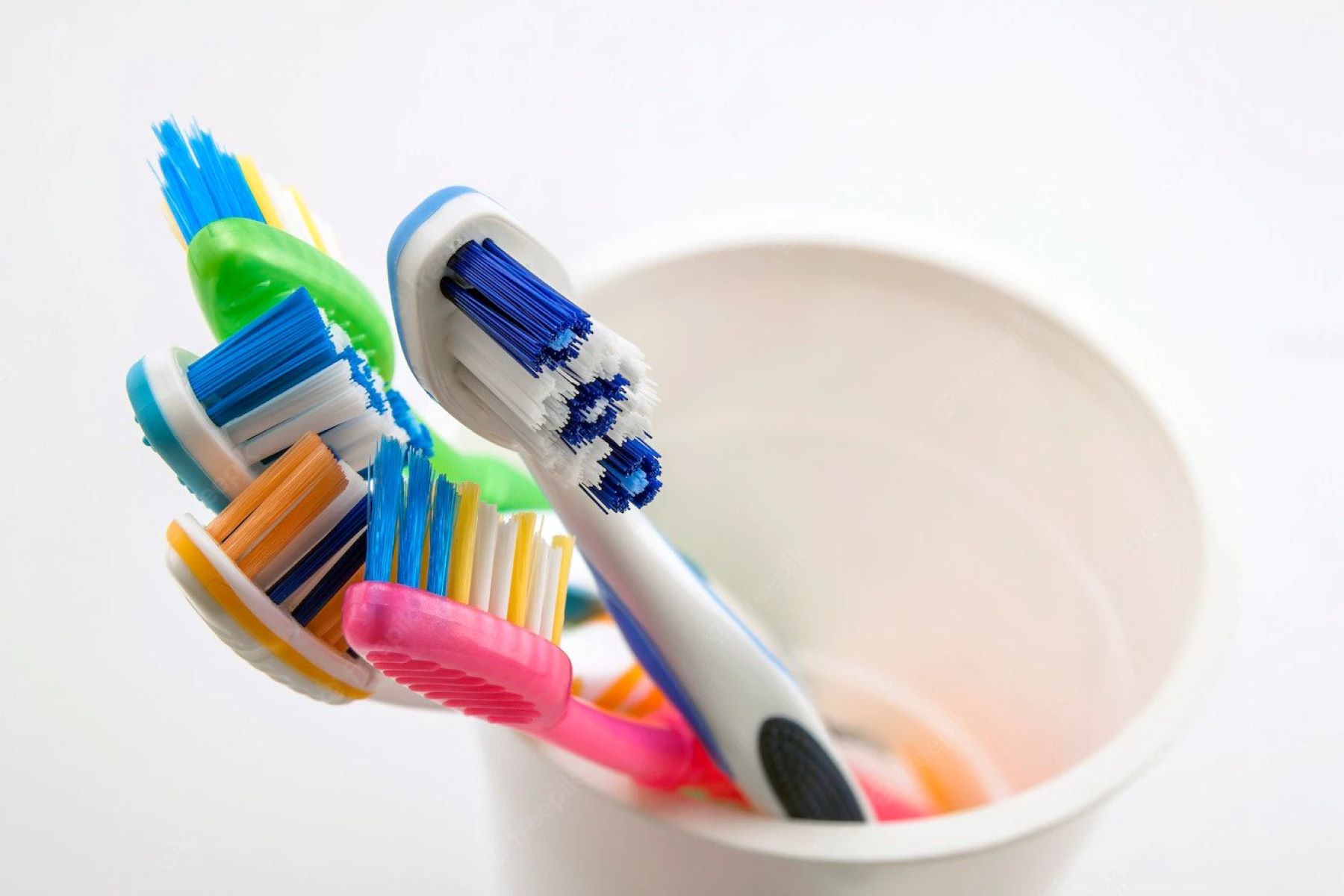
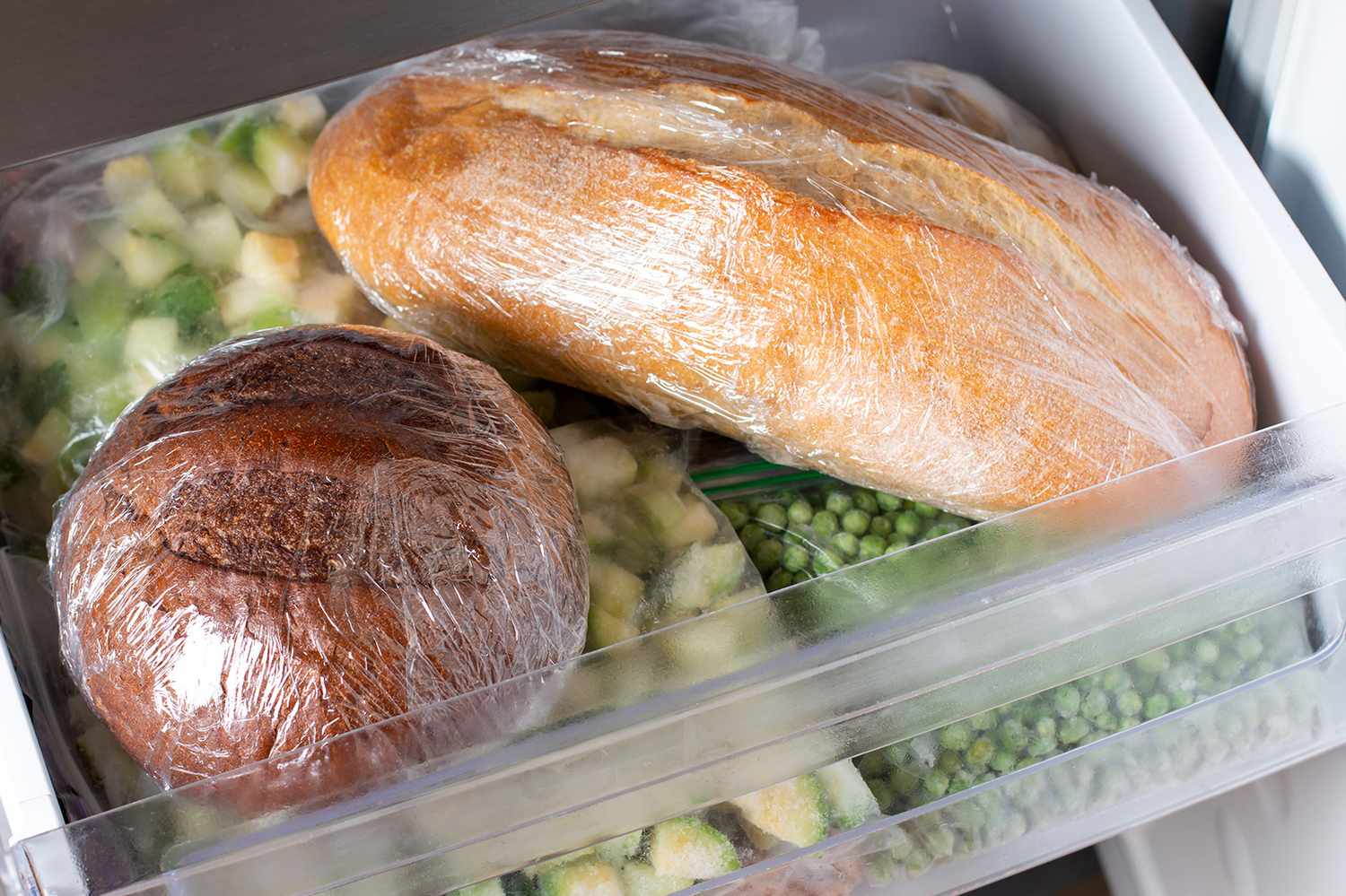
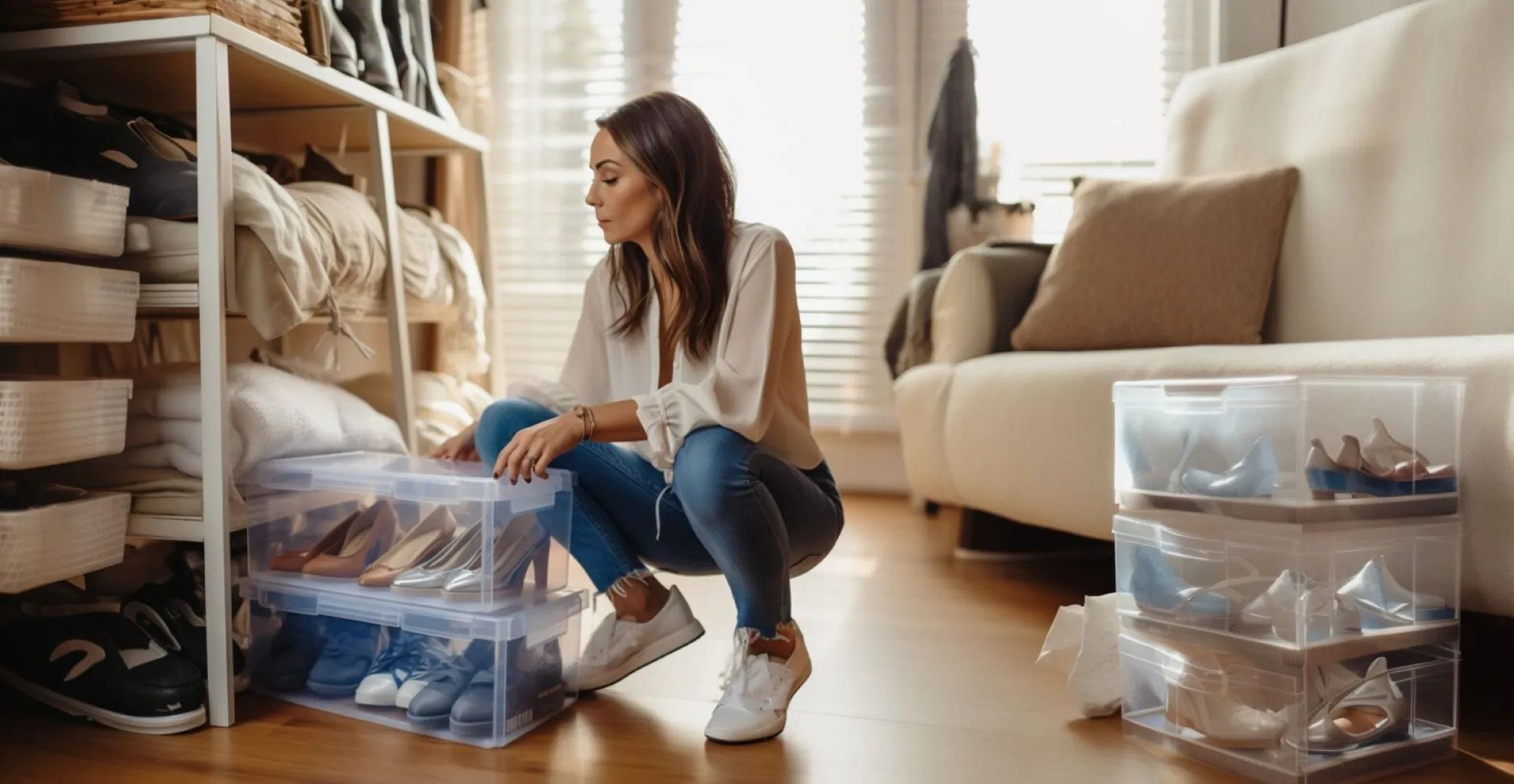
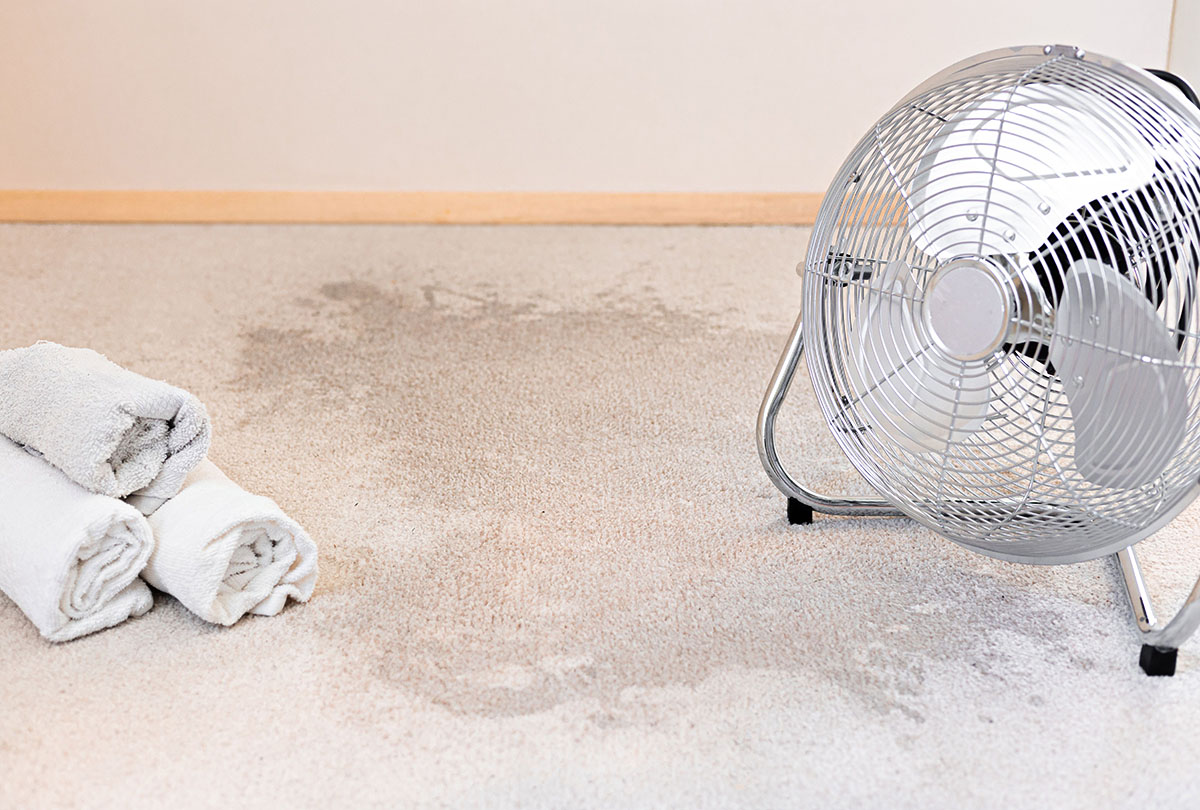
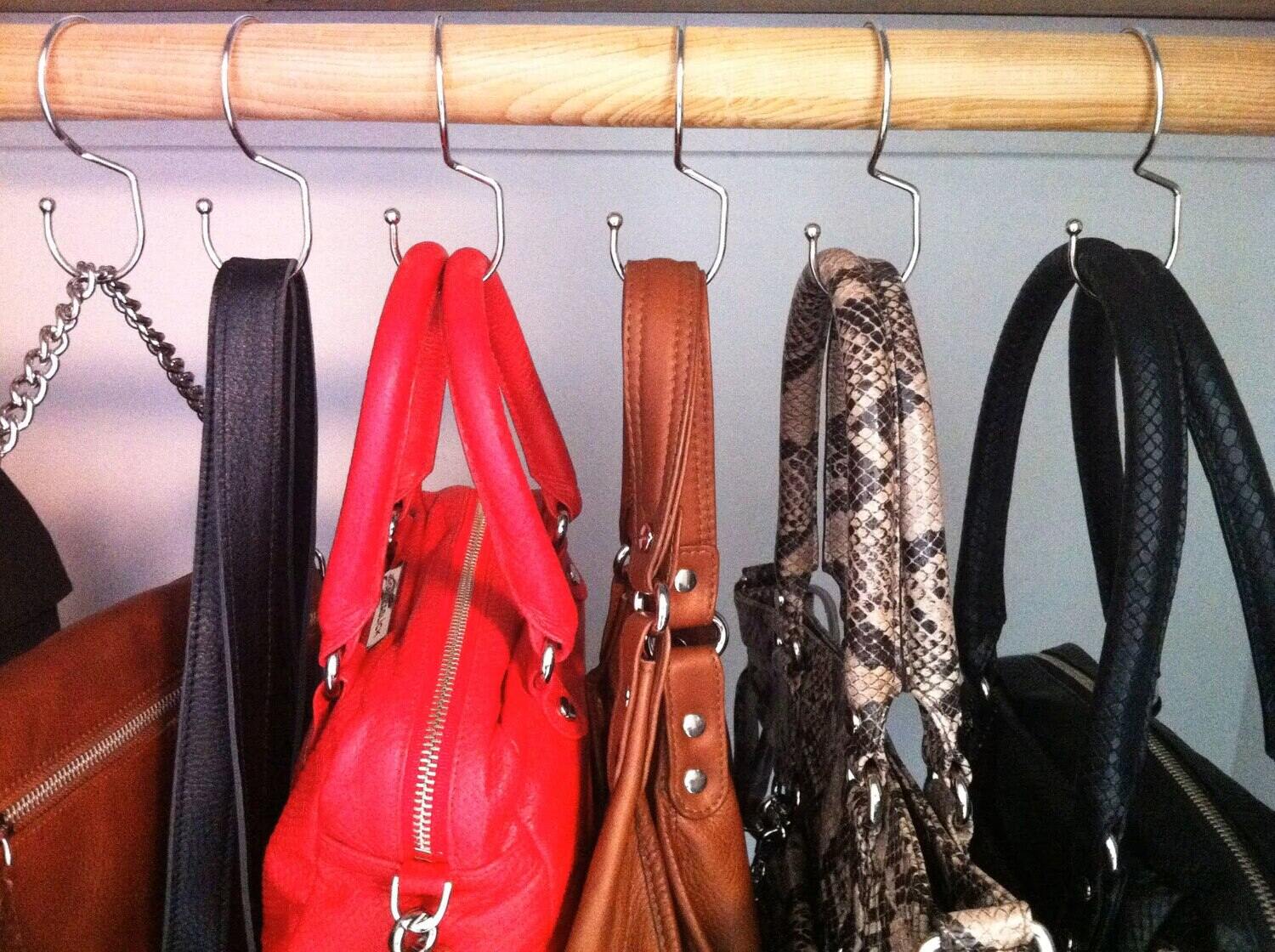
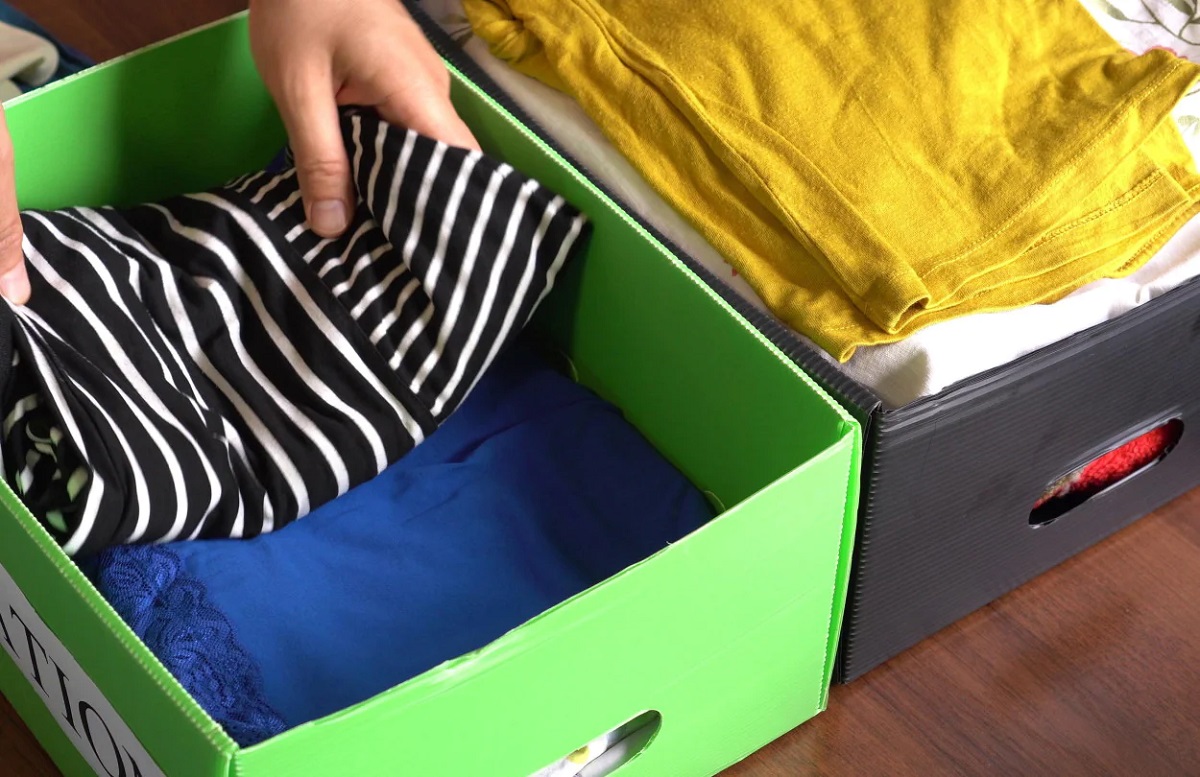
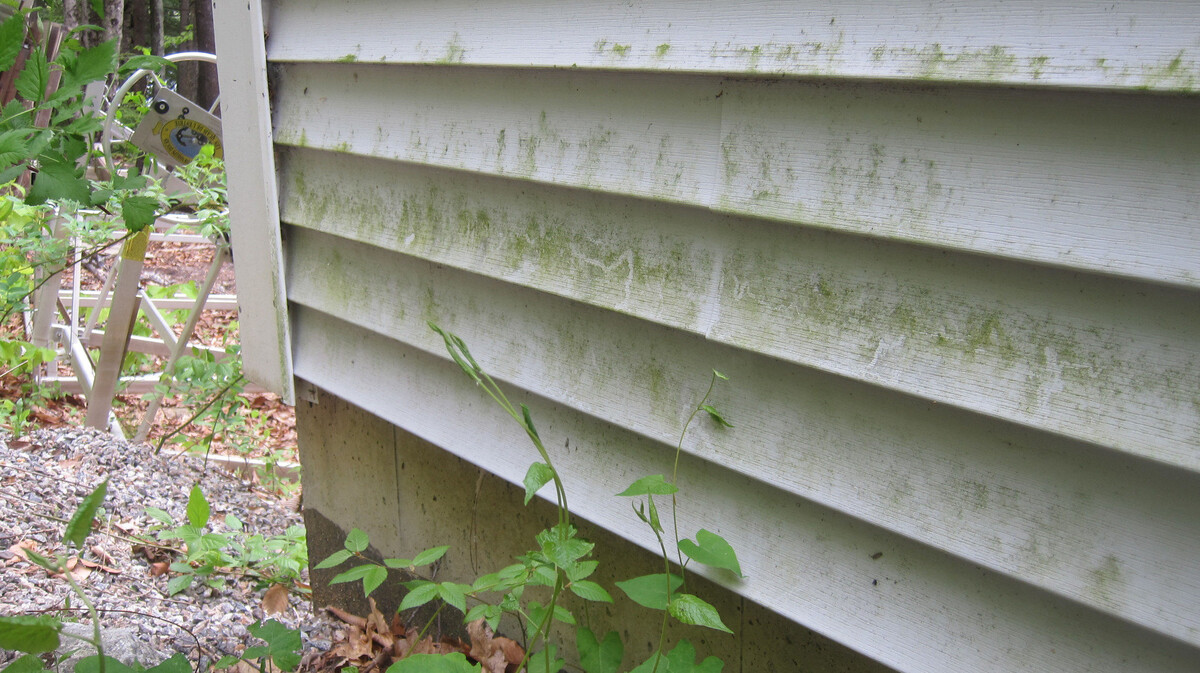
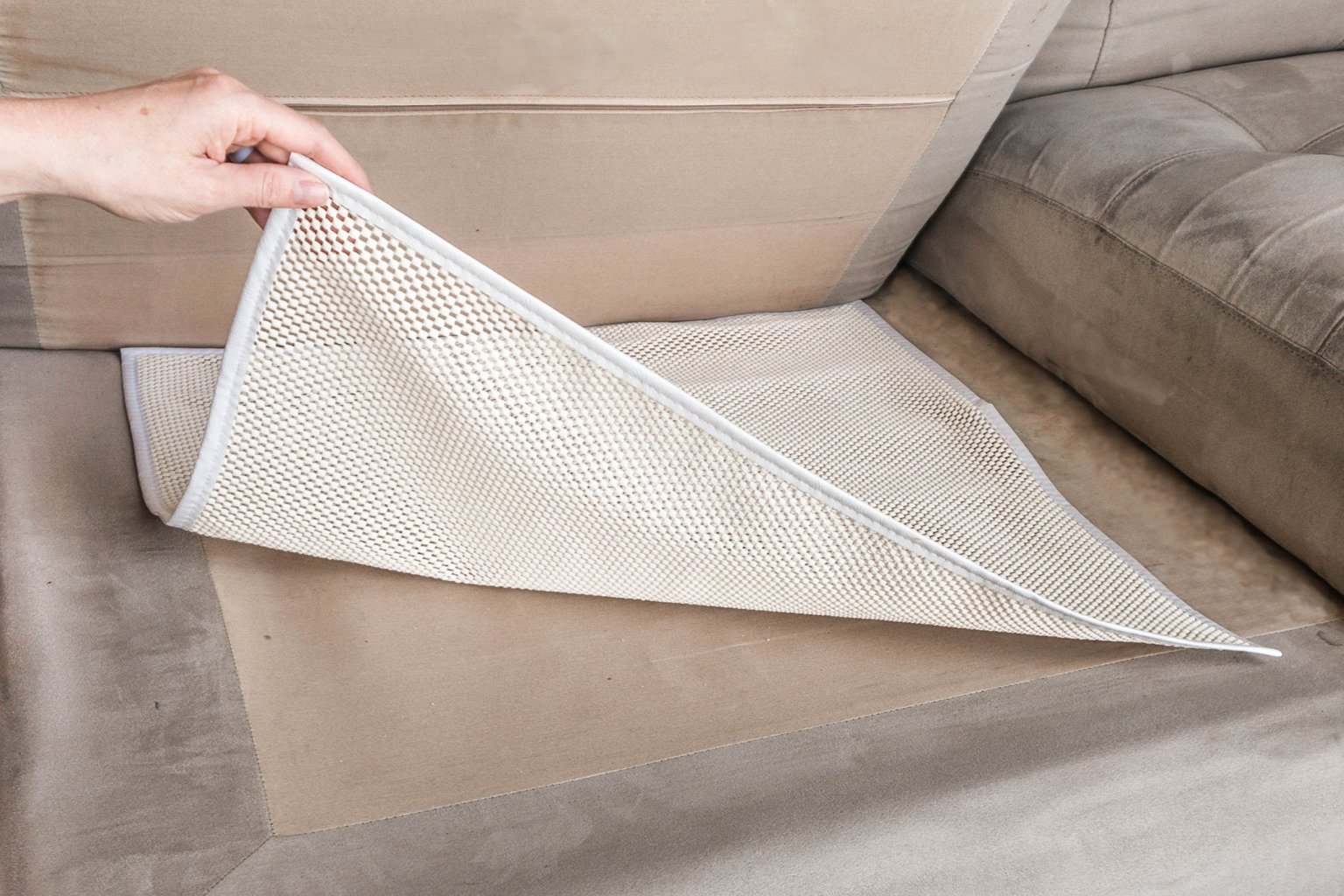
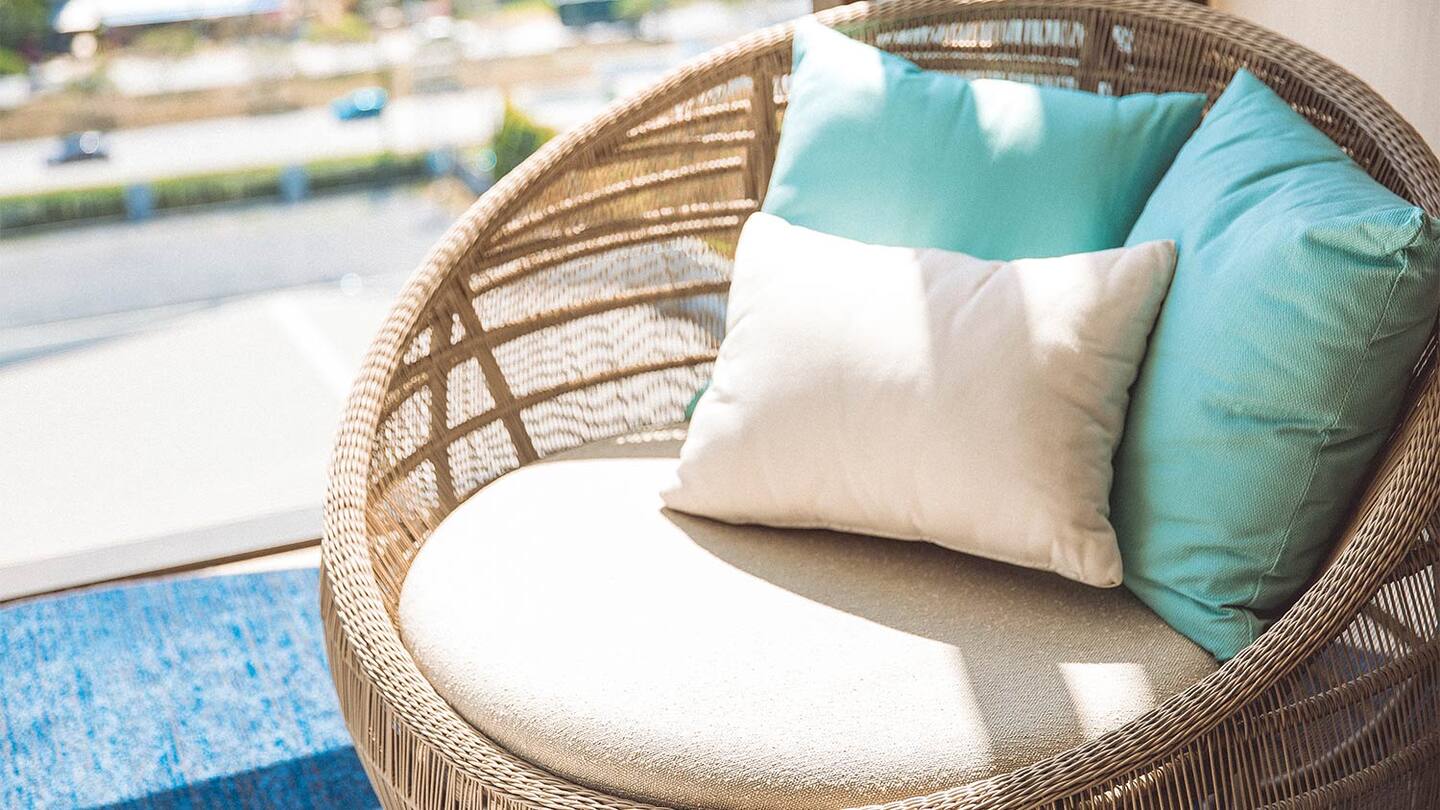
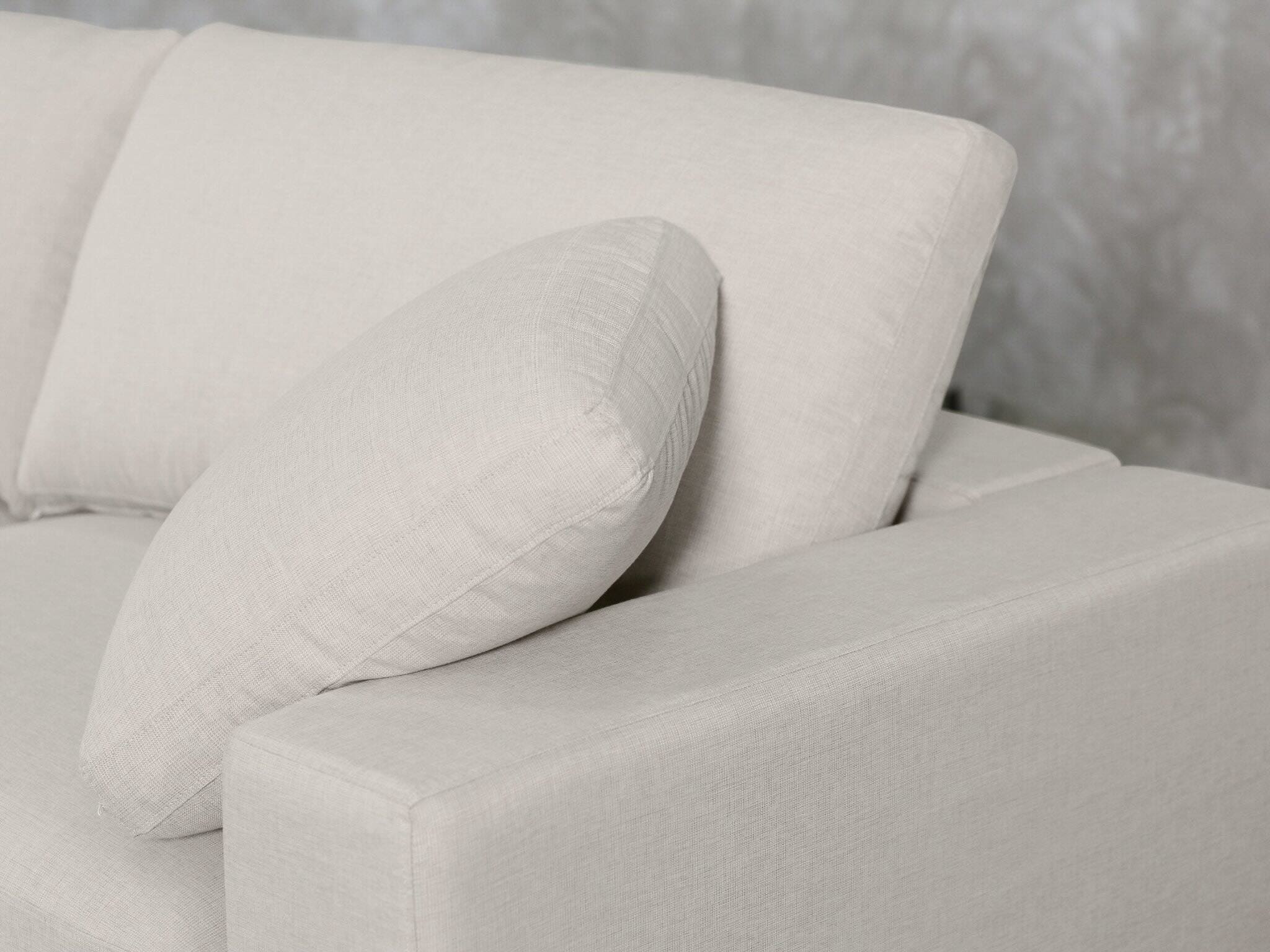
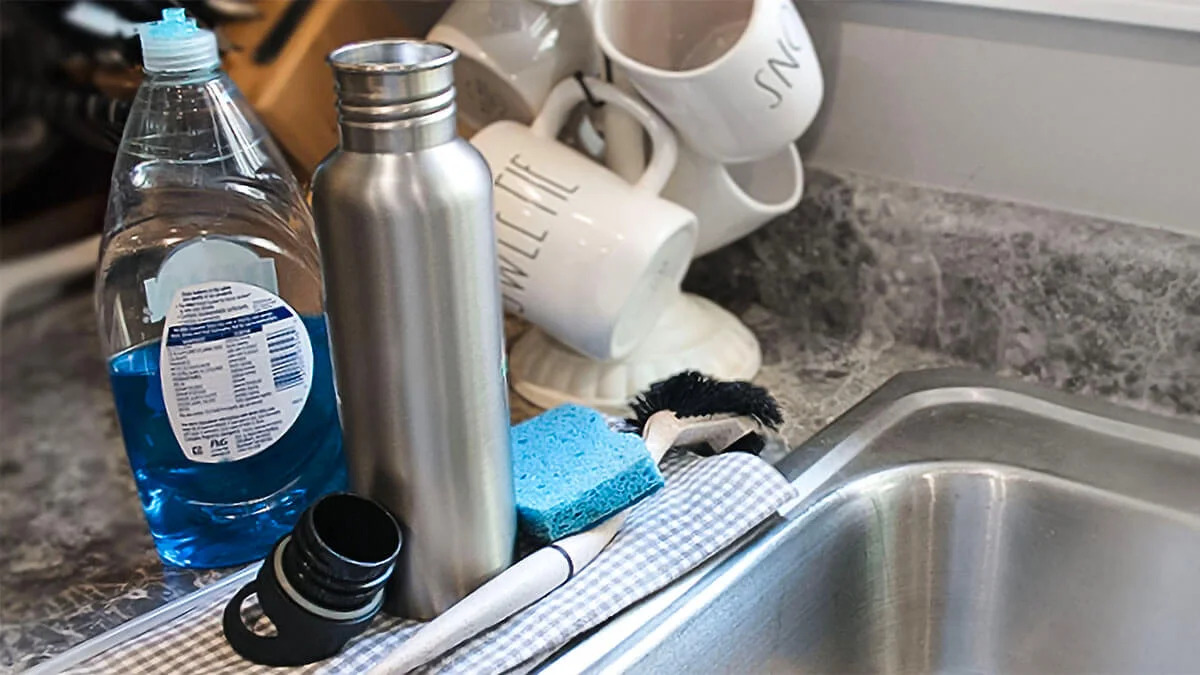
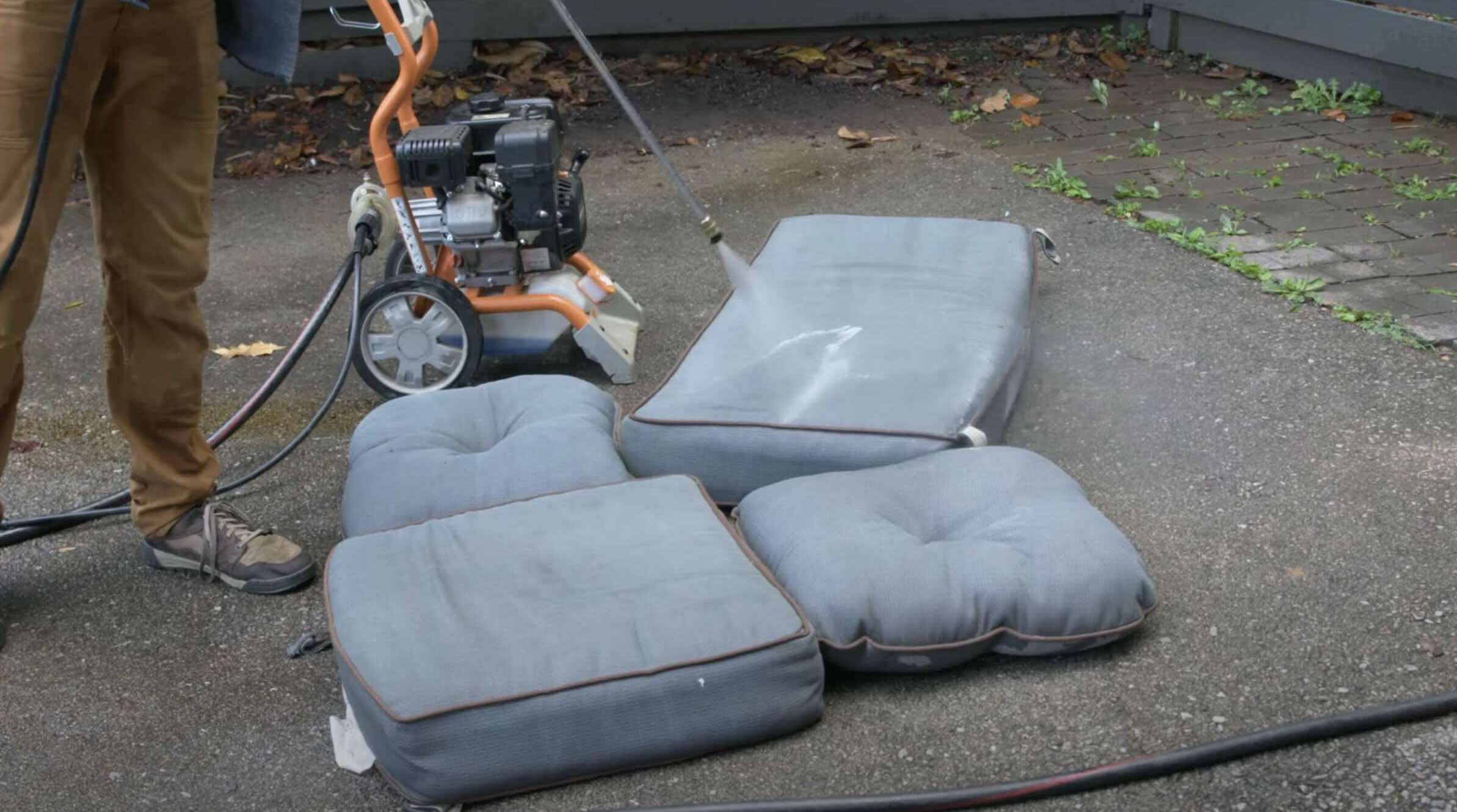

0 thoughts on “How To Prevent Mold On Outdoor Cushions”